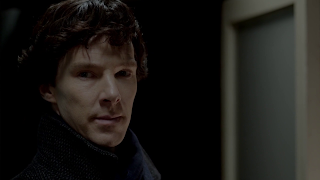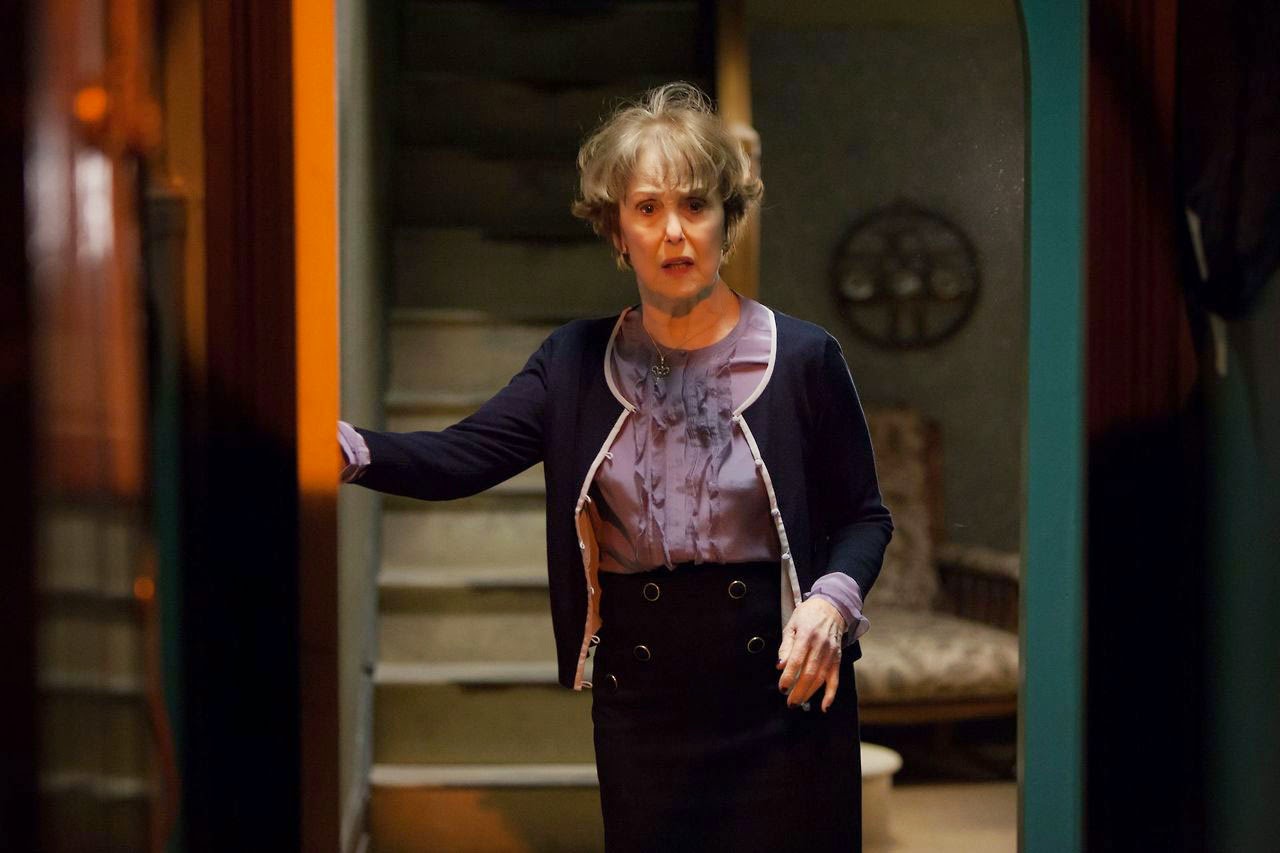

The plotline here is my no means linear, and it’s refreshing, in a way, that the episode is tangled as a mystery Sherlock occasionally solves, and yet that it somehow fits together more than seamlessly.


The moment of comic relief is almost predictable, as Lestrade barges into Baker Street with maximum backup only to find Sherlock facing the great hurdle of all writers: the blank Microsoft Word document.īut, after this predictable start, the episode evolves into the convoluted web of story that makes Sherlock such a joy to watch. Rather, it’s Detective Lestrade, running desperately to save Sherlock Holmes in response to his texted plea of “help me” that has the feel of inevitability about it: you know, you just know, that Sherlock’s not actually in trouble and our dear Lestrade’s in for a surprise. The episode does get off to a predictable start, and I don’t mean the headlines of bank robberies thrown at the screen to set the mood for a detective story. What’s best about the entire episode, though, is the way that it’s a celebration of what we’ve come to love about Sherlock without all that breaking-the-fourth-wall stuff that “The Empty Hearse” was so oversaturated with.
#Review sherlock the empty hearse full#
Plus, “The Sign of Three” is a marked improvement over “The Empty Hearse,” with all the deducing, the plotting, and the characterization back in full force. Rejoice, for Sherlock’s back on our TV screens for the second time in two years we can put off the terrible inevitability of another lengthy hiatus for a whole week.


 0 kommentar(er)
0 kommentar(er)
